Disclosure: This article contains affiliate links. We may earn a commission from purchases at no extra cost to you, which helps our travel content.
The first time I stepped into Bến Thành Market, the sensory overload nearly sent me retreating to my hotel. The kaleidoscope of colors, symphony of haggling voices, and labyrinth of narrow aisles felt overwhelming. Five visits to Ho Chi Minh City later, I now navigate these commercial mazes with the same confidence I use to manage my kindergarten classroom during art day. This vibrant metropolis, still called Saigon by many locals, offers a shopping experience that bridges centuries of commerce – from traditional street markets that have operated for generations to gleaming modern malls that rival any in Southeast Asia.
Traditional Markets: The Soul of Saigon Shopping
No shopping experience in Ho Chi Minh City is complete without immersing yourself in its traditional markets. Bến Thành Market stands as the crown jewel – a landmark that has witnessed the city's transformation through French colonial rule, war, and economic renaissance.
During my first visit, I made every rookie mistake possible: I showed too much interest (instant price hike), failed to haggle (another rookie tax), and carried too many dong notes visibly (never a good idea). Now I approach with strategy, starting with a friendly xin chào (hello) and prepared to walk away – the universal signal that often brings prices down by 30-50%.
Beyond Bến Thành, venture to Bình Tây Market in Chinatown (District 5) for wholesale goods and a more local experience. The architecture alone – a beautiful fusion of Vietnamese and Chinese influences – makes it worth the visit. For textiles that make perfect classroom visual aids, I head to Tân Định Market, where the fabric selection overwhelms even the most decisive shoppers.
My classroom now features hand-selected Vietnamese puppets and educational materials that my students adore, all carefully transported in my compression packing cubes that have saved my suitcase space on multiple Vietnam trips.
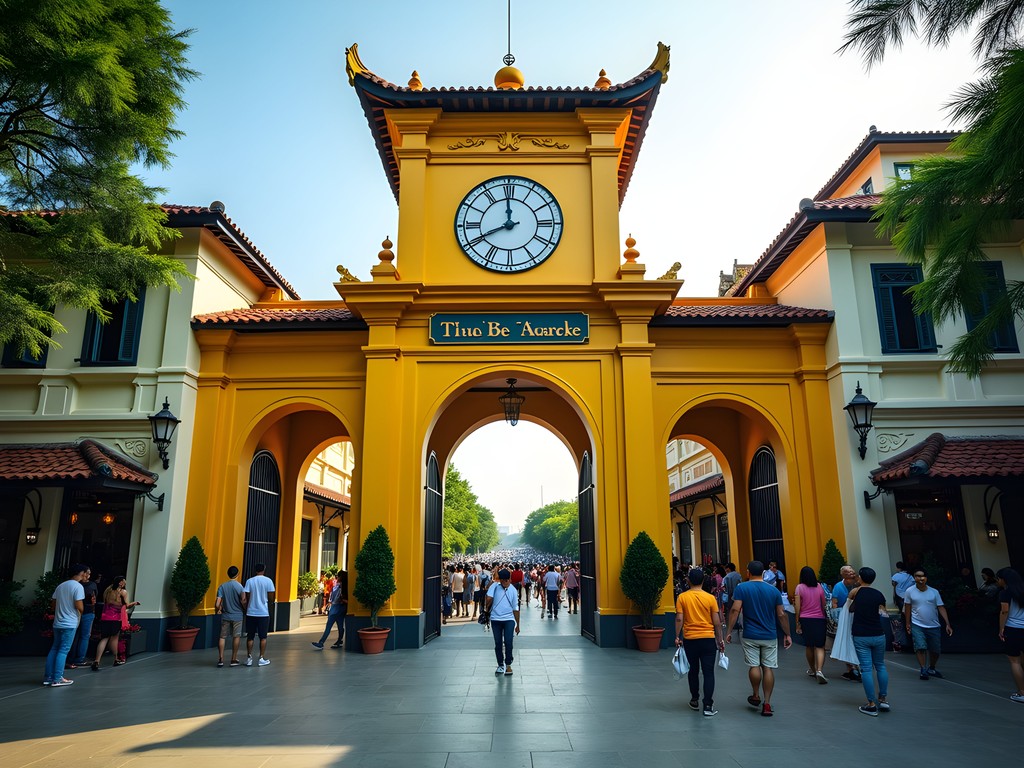
💡 Pro Tips
- Start with at least 40% off the initial price when haggling
- Shop in the early morning (before 9am) for the freshest selection and fewer crowds
- Learn basic Vietnamese numbers to help with price negotiations
Street Markets & Night Bazaars: Evening Adventures
As the sun sets, Ho Chi Minh City's shopping scene transforms. The night markets offer a cooler, more relaxed atmosphere that's perfect for those who find daytime shopping too intense or hot. During my last summer visit, I spent nearly every evening exploring different night markets, each with its own character.
The Bến Thành Night Market emerges as vendors set up outside the main market building around 6pm. The atmosphere shifts dramatically from the daytime hustle to a more festive vibe with string lights, street food stalls, and more reasonable prices. This is where I found my favorite Vietnamese coffee press that now travels with me everywhere – a simple tool that brings back memories of Saigon with every brew.
For a more local experience, head to Hồ Thị Kỷ Street in District 1, a night flower market that transforms into a food lover's paradise after dark. Here, you'll find everything from fresh blooms to vintage clothing and some of the city's best street food. I've spent hours here practicing my Vietnamese with patient vendors who seemed genuinely pleased with my educational interest in their culture.
While exploring these markets after dark, I always keep my belongings secure in a anti-theft crossbody bag – an investment that has given me peace of mind throughout Southeast Asia.
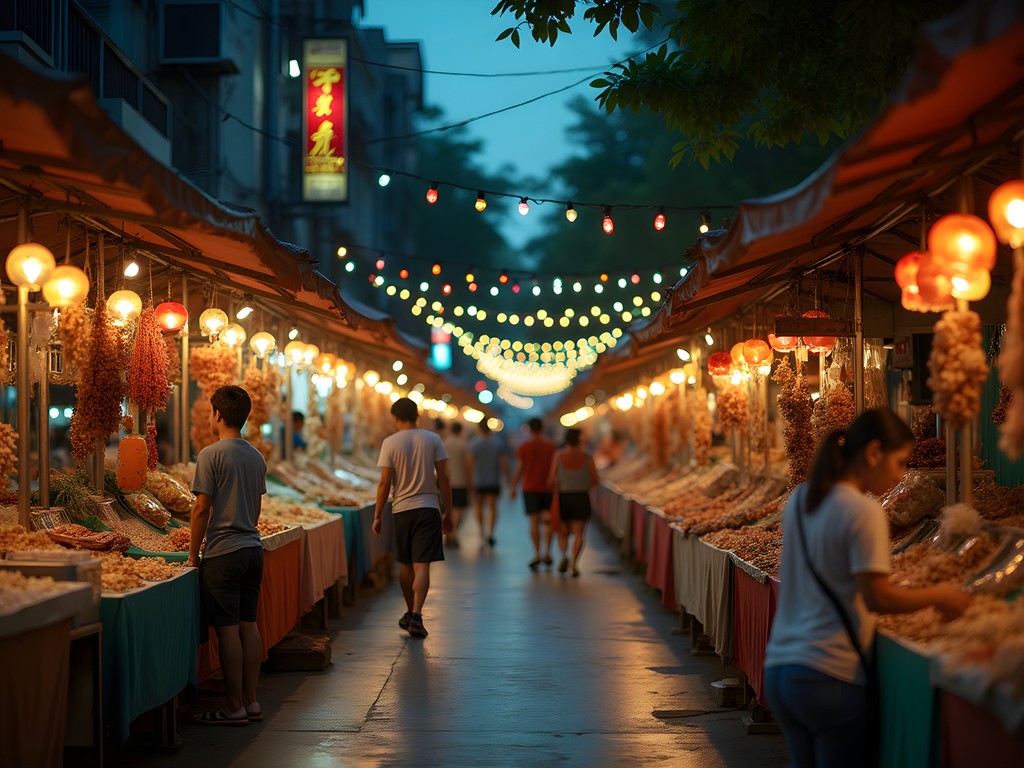
💡 Pro Tips
- Visit night markets after 7pm when they're fully operational
- Bring small denominations of Vietnamese dong for easier transactions
- Try the street food at markets – some of the best meals in the city are found here
Modern Malls: Air-Conditioned Escapes
When the humidity becomes unbearable or you need a break from haggling, Ho Chi Minh City's modern malls offer welcome respite. These aren't just shopping centers – they're cultural indicators of Vietnam's rapid economic development and growing middle class.
Vincom Center in District 1 stands as my favorite air-conditioned shopping haven, spread across two buildings (Vincom Center A and B) connected by a pedestrian bridge. The basement food court has saved me during many midday heat waves, while the upper floors house everything from international luxury brands to quality Vietnamese designers.
For those seeking technology, Saigon Centre and its massive Takashimaya department store offers the latest gadgets alongside high-end fashion. During my last visit, I upgraded my classroom presentation tech with a mini portable projector that I found at a competitive price – perfect for showing my students photos and videos from my travels.
Diamond Plaza and Parkson malls round out the high-end shopping experience, though I find myself drawn to Saigon Square for its local designer goods at wholesale prices – a perfect middle ground between traditional markets and luxury malls.
When shopping at these malls, I track my spending using a currency converter app to ensure I stay within my teacher's budget while still finding quality items to bring home.
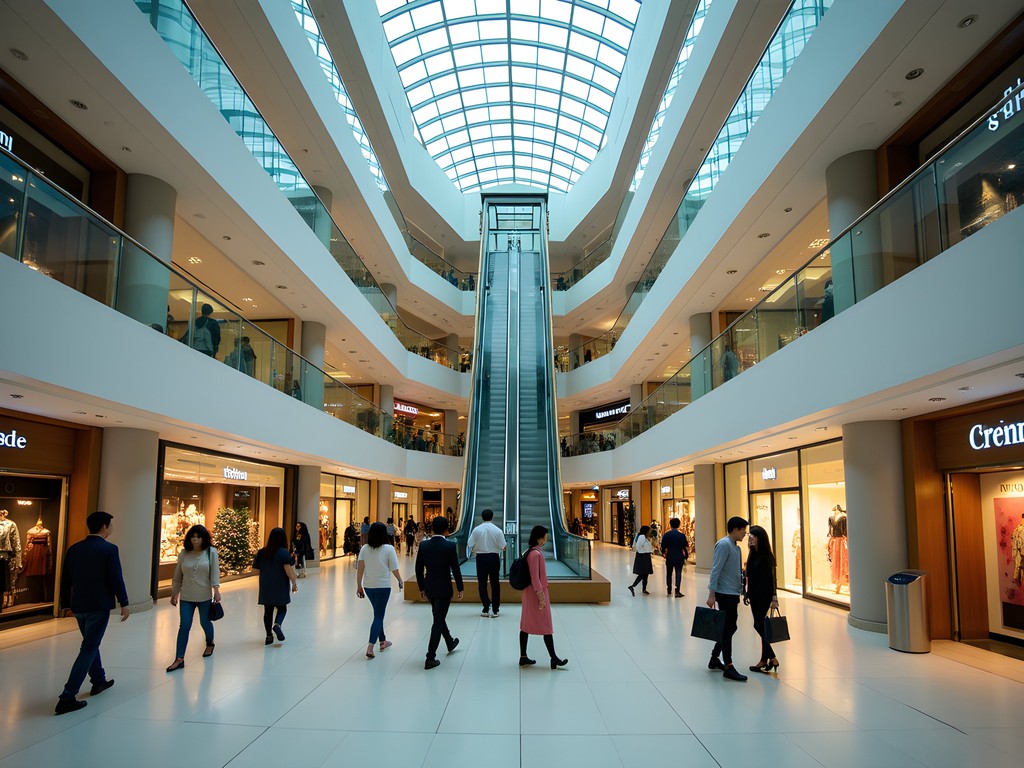
💡 Pro Tips
- Visit malls during weekday mornings to avoid crowds
- Look for Vietnam-made products even in high-end malls for better value
- Many malls offer tourist discount cards at information desks – always ask!
Specialty Shopping Districts: For the Dedicated Explorer
Beyond markets and malls lies a world of specialty shopping districts that showcase Ho Chi Minh City's diverse commercial landscape. As an educator always looking for authentic cultural experiences, these specialized areas have become my favorite places to find unique items that tell stories.
Lê Công Kiều Street, known as Antique Street, has become my personal treasure hunt destination. Located near Bến Thành Market, this narrow street is lined with shops selling everything from genuine antiques to clever reproductions. My classroom now features a beautiful reproduction of a Vietnamese scroll painting that I carefully transported home using a art carrying tube – a wise investment for art-loving travelers.
For those interested in Vietnamese art, Đồng Khởi Street houses numerous galleries featuring contemporary Vietnamese artists. I've spent entire afternoons here discussing techniques with gallery owners who appreciate my interest in preserving and sharing their cultural heritage with my students back home.
Book lovers should head to Trần Nhân Tông Street in District 5, where a cluster of bookstores offers everything from rare texts to contemporary Vietnamese literature. As a fellow educator once told me, 'You haven't really explored a culture until you've browsed their bookstores' – advice I take to heart on every international journey.
For electronics and camera gear, Lê Thanh Tôn Street (nicknamed 'Little Japan') offers competitive prices and authentic products – a safer alternative to some market stalls selling counterfeit goods.

💡 Pro Tips
- Bring business cards when shopping for art – gallery owners often offer educator discounts
- Take photos of antiques before purchasing to research authenticity online
- Most specialty districts close earlier than markets – plan to visit before 6pm
Ethical Shopping: Supporting Local Artisans
As both an educator and responsible traveler, I've become increasingly conscious of where my money goes when shopping abroad. Ho Chi Minh City offers numerous opportunities to support local artisans and social enterprises that create positive impact.
Mai Handicrafts, with several locations around the city, employs disadvantaged women to create beautiful handcrafted items. Their workshop in District 3 allows visitors to see the creation process and meet the artisans. I've purchased classroom decorations here that sparked wonderful discussions about global citizenship with my students.
Saigon Flea Market, held monthly at various locations (check their Facebook page for dates), showcases independent designers and craftspeople. The creative energy here reminds me why I love connecting with local makers wherever I travel.
For those interested in sustainable fashion, Ipa-Nima in District 1 creates stunning handbags and accessories using traditional techniques with contemporary designs. I track my sustainable shopping finds in a travel journal that has accompanied me through monsoon rains and humid city days without damage.
During my last visit, I discovered Coconut Religion, a brand creating beautiful accessories from coconut shells that would otherwise be discarded. Their coconut bowl set now serves as both practical kitchenware and a conversation starter about sustainability in my home.
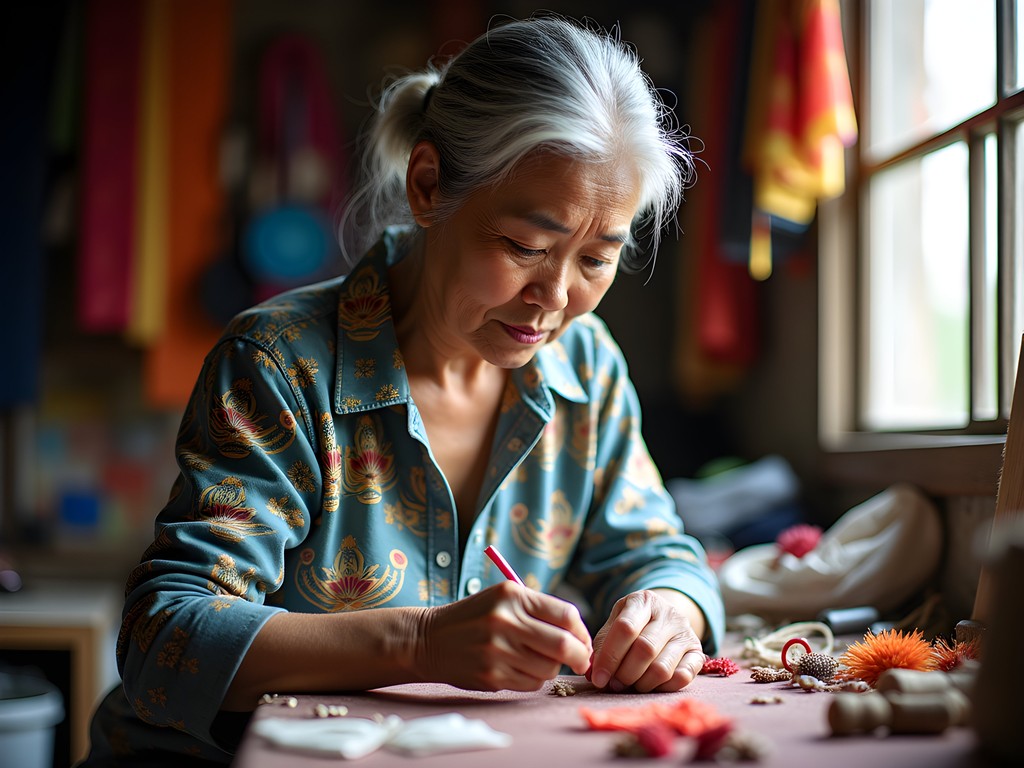
💡 Pro Tips
- Ask about the production process before purchasing – ethical shops are happy to share details
- Look for certification labels like Fair Trade or organizations that provide transparency about their practices
- Set aside time to visit workshops where you can meet artisans directly
Final Thoughts
Ho Chi Minh City's shopping landscape reflects Vietnam itself – a fascinating blend of tradition and modernity, chaos and order, history and future. From the sensory overload of Bến Thành Market to the air-conditioned luxury of Vincom Center, each shopping experience offers a window into Vietnamese culture that goes far beyond the transaction.
As an educator, I've found that shopping here becomes a learning experience – about economics, cultural values, art, history, and human connection. The items I've carefully selected and brought home have become teaching tools that transport my students far beyond our classroom walls.
Whether you're hunting for authentic souvenirs, designer bargains, or meaningful cultural artifacts, approach your Ho Chi Minh City shopping adventure with curiosity, patience, and respect. Learn a few Vietnamese phrases, embrace the art of haggling as cultural exchange rather than combat, and remember that the stories behind your purchases will ultimately become more valuable than the items themselves.
Until next time, hẹn gặp lại (see you again) in the vibrant markets of Saigon!
✨ Key Takeaways
- Start at traditional markets early in the morning to avoid crowds and heat
- Practice basic haggling phrases in Vietnamese for better prices and cultural exchange
- Balance your shopping between markets, specialty districts, and malls for a complete experience
- Support ethical businesses that preserve Vietnamese craftsmanship and provide fair wages
📋 Practical Information
Best Time to Visit
year-round (though December-April offers less rain and humidity)
Budget Estimate
$30-100 per day for shopping (excluding high-end purchases)
Recommended Duration
2-3 days minimum to explore diverse shopping areas
Difficulty Level
Beginner (Though Haggling Skills Improve With Practice)




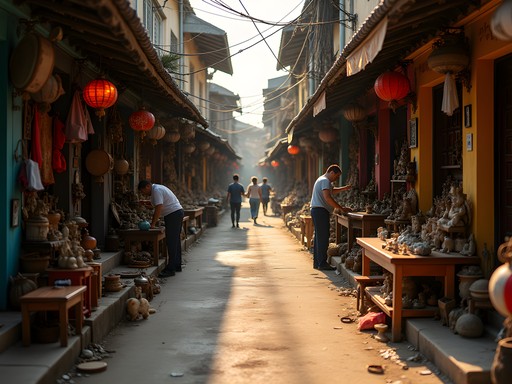
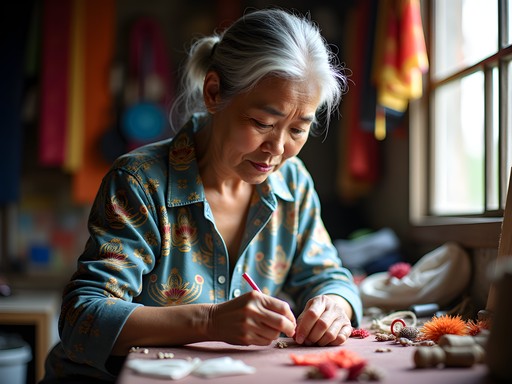



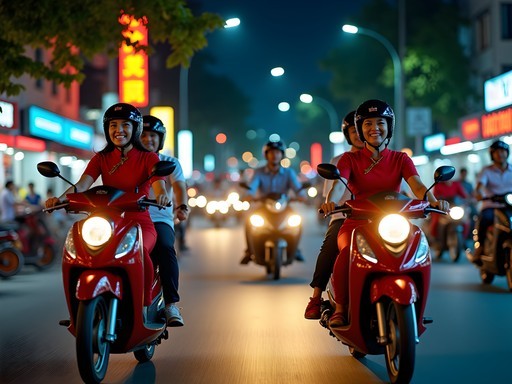


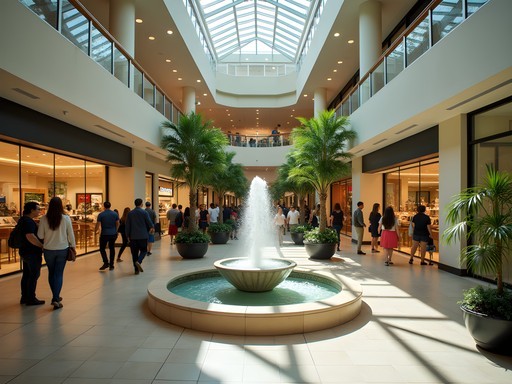


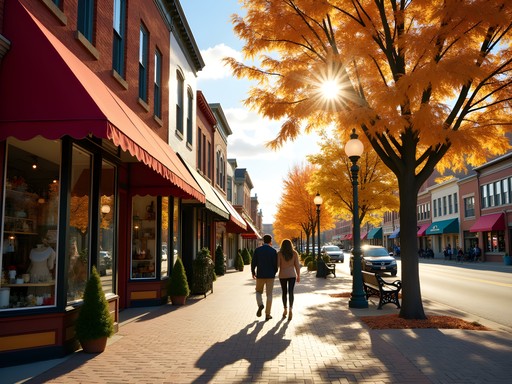
Comments
hikingchamp
Just got back from HCMC and this guide would've been so helpful! The night markets were my favorite - less crowded than daytime.
globetrotter99
Just got back from HCMC and this guide would've been so helpful! Bookmarking for next time!
Taylor Moreau
Joshua, excellent breakdown of HCMC's shopping landscape. I'd add that the specialty streets in District 1 are worth exploring too - Lê Công Kiều for antiques is a particular favorite of mine when I'm there on business trips. One tip for readers: many of the higher-end malls now have excellent food courts with local cuisine in clean, air-conditioned settings - perfect for a midday break from shopping without sacrificing authentic flavors. The contrast between traditional markets and modern retail really captures Vietnam's rapid development.
hikingmaster
First time going to Vietnam next month! Would you recommend starting with the traditional markets or easing in with the air-conditioned malls? I'm a bit nervous about the sensory overload you mentioned.
oceanstar
Not the author but I'd say start with Saigon Centre or Takashimaya to get your bearings, then try a smaller market before diving into Ben Thanh. The AC helps with the adjustment too!
hikingmaster
That makes a lot of sense, thanks! I'll pack my travel fan too for when I brave the outdoor markets.
escapezone
Great guide! I'm heading to HCMC next month. How aggressive is the haggling at these markets? I'm not great at bargaining and don't want to get ripped off.
Taylor Moreau
Having been to HCMC numerous times on business, I can tell you haggling is expected but not as intense as some other Asian markets. Start at 40-50% of initial price and work from there. Smile, be respectful, and don't be afraid to walk away - they'll often call you back with a better price. The night markets tend to be less aggressive than Ben Thanh in my experience.
escapezone
Thanks Taylor! That's really helpful. I'll practice my poker face before I go!
oceanstar
Ben Thanh Market was sensory overload for me too! But totally worth it for the silk scarves I brought home.
VietnamLover23
That photo of Ben Thanh at night is stunning! The colors are amazing.
summerrider
Going to HCMC next month! Is Saigon Square still good for knockoff brands or should I stick to the places you mentioned?
roamway
Was there in September - Saigon Square is still great for that stuff but quality varies wildly. Le Loi Street has better stuff if you're willing to pay a bit more.
summerrider
Thanks for the tip! Will check out both places.
escapewanderer
Going to HCMC next month! Any haggling tips for a first-timer?
Hannah Woods
Start at 40% of their initial price, be prepared to walk away (they'll often call you back with a better offer), and shop with a smile! I always bring my pocket translator which helps tremendously with negotiating. Also, prices tend to be better in the morning when vendors want their first sale of the day (they consider it good luck).
tripstar
Hannah's advice is spot on! I'd add that learning a few basic Vietnamese phrases really helped me get better prices. And definitely visit multiple stalls before buying - prices vary a lot!
escapewanderer
Thanks for the tips! Will definitely try the morning shopping trick!
Hannah Woods
This brings back memories! After 15 years of backpacking across Southeast Asia, I've developed a methodical approach to these markets. The price differential between Ben Thanh and Binh Tay is fascinating - I've tracked identical items costing 30-40% less at Binh Tay simply because it caters more to locals. One tip I'd add: visit An Dong Market for textiles and tailoring supplies if you're into crafts. The third floor has incredible fabric selection at wholesale prices. Also, the small Russian Market (Cho Nga) near District 10 is virtually untouched by tourism and offers authentic shopping experiences. Joshua, did you explore any of the smaller neighborhood markets outside the main tourist circuit?
Joshua Myers
Hannah, I'm impressed by your detailed knowledge! I did venture to Tan Dinh Market in District 1 which was wonderfully authentic. The fabric section there was incredible too. I haven't made it to Cho Nga yet - adding it to my list for next time!
Venture X
Premium card with 2X miles, $300 travel credit, Priority Pass